The Fort Sill, Oklahoma, is the home of the US Army’s air defence and artillery. The base recently hosted a symposium for those two branches, and produced a video in which three Colonels and a General of the US Army discussed air defense operations in both Europe and Ukraine.
Theory and the Practice
Prior to Russia’s all-out invasion of Ukraine, in February 2022, NATO held several small air defense training exercises in which two air defense systems might exchange information in a simulated battle. However, these exercises did not test air defense battery integration with air defense headquarters, nor did they test air defense headquarters’ integration with combat maneuver headquarters, and they did not test communication and coordination between various coalition partners. Realizing the shortcomings, NATO started planning large scale multinational exercises to practice the vertical and horizontal system integration that is necessary in effective wartime operations. These exercises would not take place in an isolated desert, but in the middle of dense population centers that rely on uninterrupted commercial use of the air. So air defense teams consisting of planning and integration experts, plus lawyers, traveled to various countries to gain permission to hold these exercises, and identify and deconflict any foreseeable issues.
Russia invaded before the exercises could be held but the coordination that was conducted on behalf of the exercises now came into play during actual operations. They had planned for civilian traffic and certain military assets to be operating in the theater but they had to adjust for unplanned events, such as the US XVIII Airborne Corps arriving in Poland and assisting with the flow of refugees across the border with Ukraine. The Corps wanted to use air assets that the air defenders didn’t even realize they possessed and these had to be accounted for and de-conflicted.
Prior to Russia’s all-out invasion, NATO air defenses were just observing air traffic. Afterwards, they were on alert to shoot down threats heading their way and they had to differentiate between the actual threats and commercial traffic, such as Zelensky flying to visit Macron.
Training is a multi-tiered process beginning with individual skills and then proceeding to small unit and increasingly larger unit exercises in which everyone learns to fight together. The US armed forces already possessed the skills of fighting as a team within their various branches, and there had been cross-training between the maneuver branches (infantry, armor, artillery), but some aspects of the battlefield have become much more crowded and were moving at a faster pace.
One example is the widespread use of GMLRS and ATACMS fired by the M142 HIMARS And M270 MLRS - two assets controlled by the artillery branch. These long-ranged offensive assets used by ground forces occupy the same airspace used by air defense systems, air force assets and naval aviation assets. Coordination is needed not just to support ground force objectives, but also to conduct suppression of enemy air defenses (SEAD) and to ensure there is no conflict with air defense operations.
The artillery colonel stated that because of the crowded battlefield, the days of firing a precision weapon as an isolated event are over. It is now necessary to coordinate between all the assets to identify and suppress enemy air defenses in order for that precision strike to succeed. The operations in Crimea and Russia support his assertion.
That level of integration is possible because of the military doctrine that was established and the systems that were built to support that doctrine. But the skills of large-scale integration were dormant because for 70 years the US and NATO military opponents were overmatched and the threat was low. There was simply no need to practice high-level integration. Faced with potential conflict with Russia and China, NATO belatedly realized that high level integration between ground forces, air defenses and electronic warfare assets is vital to successful operations. Since the US and other major partners within NATO already developed their individual and smaller unit skill sets it was possible to quickly establish and practice higher level integrated operations.
***
Wartime Operations
Coordination and integration is a force multiplier. It took time to establish liaisons between NATO and Ukrainian air defenders, and even more time to engineer electronic integration between western and Soviet systems once the political decision was made to send the equipment.
At the request of the Ukrainians, the US sent an air defense team to assess the situation in December, 2021. The team provided a picture that proved to be accurate two months later and that made an impression on Ukraine’s military. This visit developed relationships between the Ukrainians and US and the Ukrainians were very much open to future discussions.
After the political decision was made to provide Patriot systems, the German, Dutch and US military trained Ukrainian personnel from January to April of 2023. When the training was complete, the Ukrainian air defense teams were gathered in Poland for two weeks of validation training, a final exam to determine if they were ready for war. Two weeks later, they were shipped to Ukraine and on May 4, 2023, at 2:30 AM, the first Russian missile was shot down near Kyiv with a system provided by the US.
Something else happened during that validation training in Poland. The Germans woke the Ukrainian crews they were training and had them move to a location, fight a simulated battle, and then immediately move again. This caught the attention of the US personnel. One month later, the same German-trained crews using German-provided Patriot equipment were conducting SAM ambushes, also known as “SAMbushes”, and were shooting down Su-27 aircraft. Operating close to the front lines, well within range of Russian reconnaissance drones, they also shot down two helicopters and jets in a single historical engagement in May, 2023 - approximately along the lines described in our feature Assault Mode, Part 6.
A Ukrainian official said that the A-50 that was shot down on January 14 was engaged by an S-200. In fact, it was the German-trained Patriot crew of the ‘roaming’ 138th Air Defence Brigade of the PSU that achieved that success, approximately in the fashion described in our feature Scratch One A-50.
The US Army trained to conduct SAMbushes with Avengers, HMMWV’s with Stingers, but its officers never considered doing so with Patriot systems.
Pay attention: many of the US Patriot components are mounted on trailers. If the vehicle towing that component is disabled in any way, another vehicle can easily be brought in to take its place.
The German Patriot components are all mounted on wheeled vehicles. They accept the risk of mobility failure and the added complication of towing a vehicle. In return, they can quickly achieve operational status once they arrive at a location. Even more important, they can quickly leave without the delay of hitching up trailers. It is this mobility that gives them the capability to conduct SAMbushes.
***
Layered Defenses vs. Integrated Defenses
The Ukrainian air defenses of static sites, such as cities, are composite or layered defenses involving multiple systems. The 9688th Brigade is responsible for the air defense of Kyiv. They have Patriots, NASAMS, IRIS-T, S-125s, S-300s, Gepards and Avengers. At first, long ranged and short range air defense systems were positioned along the known approach vectors and fired at anything that was within range. Many of the crew were young. The Patriot battery commander that shot down the first Kinzhal was only 23-years-old. They over engaged, attacking targets that were not a threat to the asset they were tasked to defend. They attacked targets with a missile when that target could have been engaged with cannon. Although there were multiple systems defending a city, each one fought the same battle independently. The only data a Patriot system had was its own radar and any information that was passed along on a cell phone.
Ukraine’s 114th Tactical Aviation Brigade has anti-drone teams that protect forward operating bases from which its aircraft are operating close to the battlefield:
https://x.com/Osinttechnical/status/1801877080902107233
Things changed when the Ukrainians were able to hack the western systems and connect them to their Soviet-produced control centers. When that happened, electronic data that was collected by one system was passed to other systems. Each air defense asset prioritized a threat based on the asset’s capabilities and the threat posed by drones, cruise missiles and ballistic missiles. Ballistic missiles were the priority for Patriot systems because they had the only missile that could shoot them down. NASAMS not only protects the city but also the Patriot battery. Wherever there is a Patriot battery, there is a NASAMS battery, defending it from the scores of drone and cruise missile threats so the Patriot can ignore them and focus on the threats only it can engage, the ballistic missiles. As a Norwegian official said, NASAMS is the knight that protects the ‘king’.

While this level of integration has increased the efficiency of how air defense missiles were being used, resulting in more targets shot down with fewer missiles expended, the integration was still just a clever hack to provide a minimum level of coordination. Ongoing efforts are promised to achieve even greater results in the near future.
***
Air Defense - Tactical Details
The first step in air defense is detecting the incoming threats with radars. The further away an incoming threat is detected, the more time air defenses have to react. The range of detection depends on a variety of factors, such as the quality of the radar, the size of the threat, the terrain that might mask an approaching threat, the weather, and any electronic jamming conducted by the enemy. Cruise missiles and drones sometimes fly low enough that the terrain blocks the radar signal so Ukraine set up a sound system with receivers at hundreds of locations that picks up all the sounds at that location, and then AI identifies the drone and cruise missile sounds and passes those signals to a command center by cell phone.
The Russian threat is looking for these radars so the air defense radars are turned off while the acquisition, or search radars, scan the skies and track the threats. When a threat is close enough to an air defense asset, it turns on its own radars to find and engage the target. Sometimes the Russians will launch an attack where the primary mission isn’t to destroy targets, but to force Ukrainian air defenses to engage and reveal themselves to Russian ground radars, EW assets or any airborne assets, such as the A-50. These systems try to detect not just radar signals, but any electronic communications used by air defense systems. Russia then plans their next attack to avoid the air defense system, or overwhelm it with numbers, or to attack the air defense system itself. Several Ukrainian search radars have also been targeted and destroyed.
Ukraine moves its air defense assets to disrupt Russian planning but terrain features and the limited number of attack vectors also limit locations where they can be effective. While they are moving, they are not able to engage incoming threats and the closer they are to the front lines, the greater the chance these movements will be observed. Kharkiv, Ukraine’s second largest city, is only 26 kilometers from Russia and this makes the air defense of this city very difficult. Not only does Kharkiv not have the depth that is so important to air defense, it’s close proximity to Russia means the Russian air-space force can use its full spectrum of weaponry against the city: from glide bombs to S-300 surface-to-air missiles deployed in surface-to-surface mode. In ground attack mode, the S-300 has a range of 120 kilometers. It is a ballistic missile, meaning only a Patriot system can successfully engage it, and the speed and range means it has a very short time to detect and engage.
With more air defense systems, Ukraine could mitigate many of these threats. With the limited number of air defense assets, choices have to be made regarding what will be defended and what will not be defended.
It’s not just the number of air defense systems Ukraine has but the types of systems that matter. As mentioned, the Patriot system has the only missile that can effectively shoot down a ballistic missile. Most air defense missiles detonate when they are close to their target and spray it with shrapnel. That is effective against aircraft and cruise missiles but it will not change the flight path of a heavy ballistic missile rapidly descending in a near-vertical flight path. To stop that, you need a kinetic missile that directly hits the ballistic missile and the speed and mass of that kinetic missile is then sufficient to destroy the mass of the ballistic missile. There is still the threat of falling debris, but the explosion from the warhead will often happen before impact.
But, again, a Patriot missile by itself will eventually be destroyed. The only way to survive mass drone and missile assaults is mass mutually supporting air defenses, with system integration acting as a combat multiplier. Ukrainian jets are also part of the air defense, aiding in detection and elimination of air threats. While ground air defense systems can only fight the battle where they are located, jets can move to the approaching threat. Ukraine will also receive two Swedish detection and control aircraft, capable of detecting targets 550 km away. Ukrainian air assets must take care to remain out of range of Russian anti-air systems.
***
NATO Airpower in Offensive Ground Operations
In a recent NATO wargame centered on the Kaliningrad-Belarus area, the ground forces were waiting for the air forces to provide the sorties needed to advance without severe losses and the air forces said they couldn’t operate in that environment with fourth generation fighters without suffering severe losses. It took three days of long-ranged ground and air strikes before the air forces could operate in an environment with acceptable losses. Even then, the ground forces had to move out on a moment’s notice because that window could close in 45 minutes.
Two years ago, Russian dynamic targeting with air defenses was extremely poor. That isn’t the case now. Like the US and NATO, they hadn’t fought or been threatened by a peer or near-peer adversary in decades, and they did not maintain their cold war skill set. Meanwhile, they have remedied that shortcoming.
The only asset the US has that can operate in an enemy air defense environment is the F-35. Suppression of enemy air defenses within a certain locality could create a pocket of air superiority that would allow fourth generation aircraft to protect and support ground forces, but theater-wide air superiority against an entity such as Russia is not a reality.
Within the US army, maneuver commanders of brigades, divisions and corps rarely integrate air defenses in their operations. For decades, there hasn’t been a pressing need to do so during wartime operations. There is a move to change that, just as electronic warfare is being recognized for its importance. In addition to integrating all air defense systems “from mud to space”, they are rewriting how they plan to fight Russia since that country had to change how it conducts operations in response to Ukrainian air defense operations.
The US army acknowledged that the US air force did a much better job of identifying and tracking Russian air defense systems. Given how dependent each military component is on each other, the army is taking steps to improve its ability to attack enemy air defenses.
***
Future Trends
The work of command and engineering integration continues. Doctrines are changing and future systems will be built to support that doctrine. A series of tabletop exercises focusing on air defense scenarios have been held, most recently in April in Germany. These exercises advanced concepts that will be implemented in Ukraine in the coming months. The US general at the conference says there’s still a lot of work to do within NATO, as only 8 members out of 32 have been fully participating in these activities. He was really impressed with Finland and Sweden, said that the UK has been invaluable and that Romania has a strong operation. But he singled Poland out for being on track as the first nation with a fully Integrated Battle Command System (IBCS) that will connect every component of their military with data and communications.
A fully integrated system means that all air defense components within a theater can communicate and coordinate their actions for maximum efficiency and coverage.
The Russian threat has the full attention of NATO. Within a political framework, it is transforming how the militaries will respond to worldwide threats.
***
Aid to Ukraine
The US already provided one Patriot system to Ukraine and will now send a second system that was protecting US troops deployed in Poland. The battery deployed in Poland will be replaced by a different US battery.
Germany had Patriot 12 batteries and already sent two batteries. It will now send two more batteries. Spain and Sweden remained noncommittal but Sweden said it will send other air defense systems to relieve the pressure on the need for Patriot systems. One reason why so many nations are reluctant to part with their Patriot systems is because it takes two years to produce one. Raytheon is currently building 12 systems a year and Lockheed is building 500 PAC-3 missiles a year with a target of 650 missiles a year in 2027.
The Netherlands sent one, and is discussing sending a second but: it needs a control center (ECS), a power plant (EPP), and an antenna mast group (AMG) to complete the second system.
Romania’s first operational Patriot battery was established in November, 2023, and it’s second battery was confirmed operational during the NATO air defense exercise held on June 13-14. There was talk of Romania transferring one battery to Ukraine with a decision to be made on June 20th, but most do not believe that will happen.
Poland has two systems and said they would not send any to Ukraine.
Raytheon’s normal production time of a NASAMS unit is 4-5 years when contracting and peacetime production is factored in. They were able to deliver their first systems in under a year. Having delivered four, they are now producing 4 more NASAMS batteries that Ukraine will receive by the end of the year. Other countries that have ordered the air defense system will have to wait until these have been delivered.
Raytheon says it has delivered more than 240 Patriot fire units to 19 nations, while Lockheed Martin says it has manufactured more than 10,000 missiles.
The US has to consider not just the Russian threat in Ukraine, but the conflicts in the middle east, the rising tensions in North Korea and the threat to Taiwan.
The head of NATO would like members of the organization to send more Patriot systems to Ukraine - but: reminds them that the systems sent need to be in good condition, arrive with spare parts and come with plenty of missiles.
Obviously, we have to wait and see how long it might take NATO to conclude that it needs less air defences - the more of these it provides to Ukraine…
***
(A ‘piquant’) PS
A court in Moscow issued an arrest warrant for Colonel Nikolay Dzyaman, commander of the 'roaming' 138th Anti-Aircraft Missile Brigade, PSU (Ukrainian Air Force).
Reason?
‘Dzyaman issued the order to shot down an “unarmed” A-50 AEW aircraft underway within the Russian airspace, back on 23 February, causing the death of a crew of 10...’
Therefore, he's prosecuted in absentia, along the Article 205, Paragraph B of the Criminal Code of the Russian Federation. See: 'terrorist act with lethal outcome'.
Kind of ironic the Russians - who were boasting ‘own goal’ over the loss of that A-50, and that after launching an invasion and war of extermination of Ukraine - are complaining the victims of their aggression are shooting back…




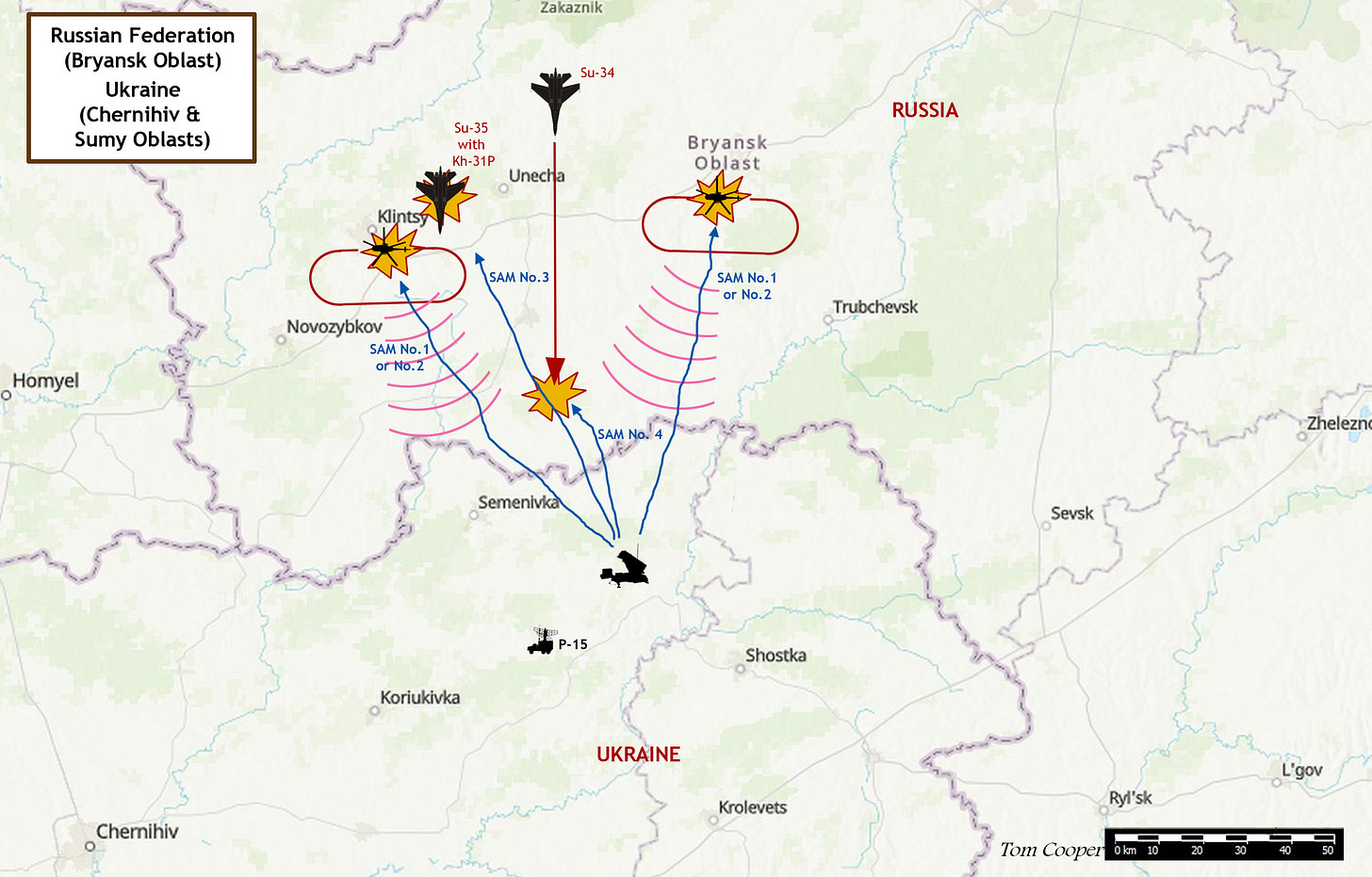
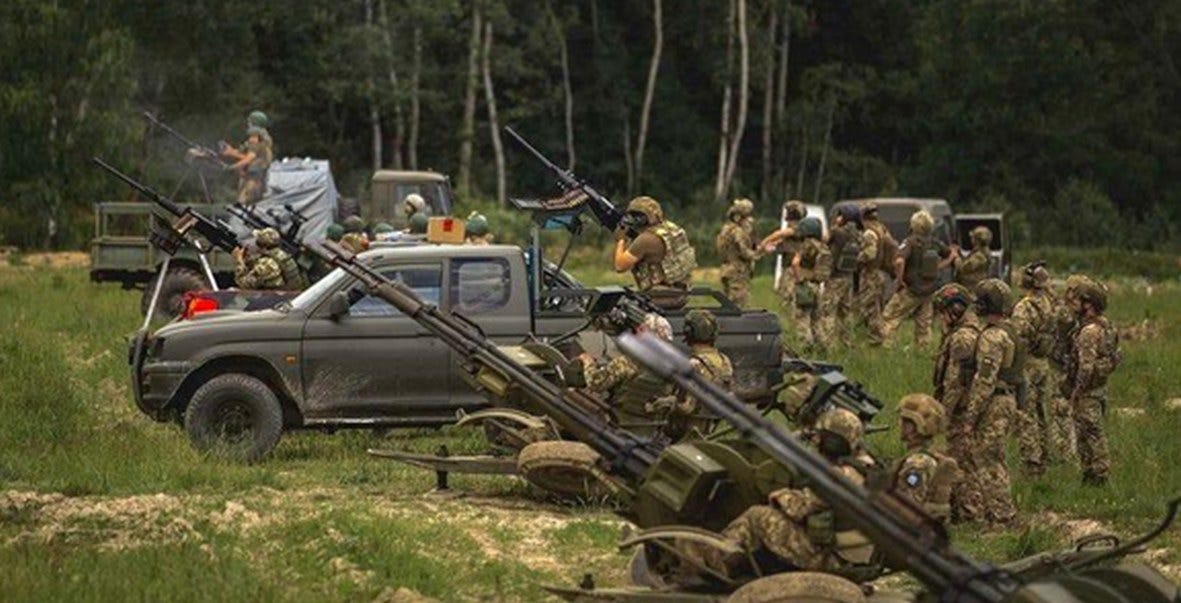
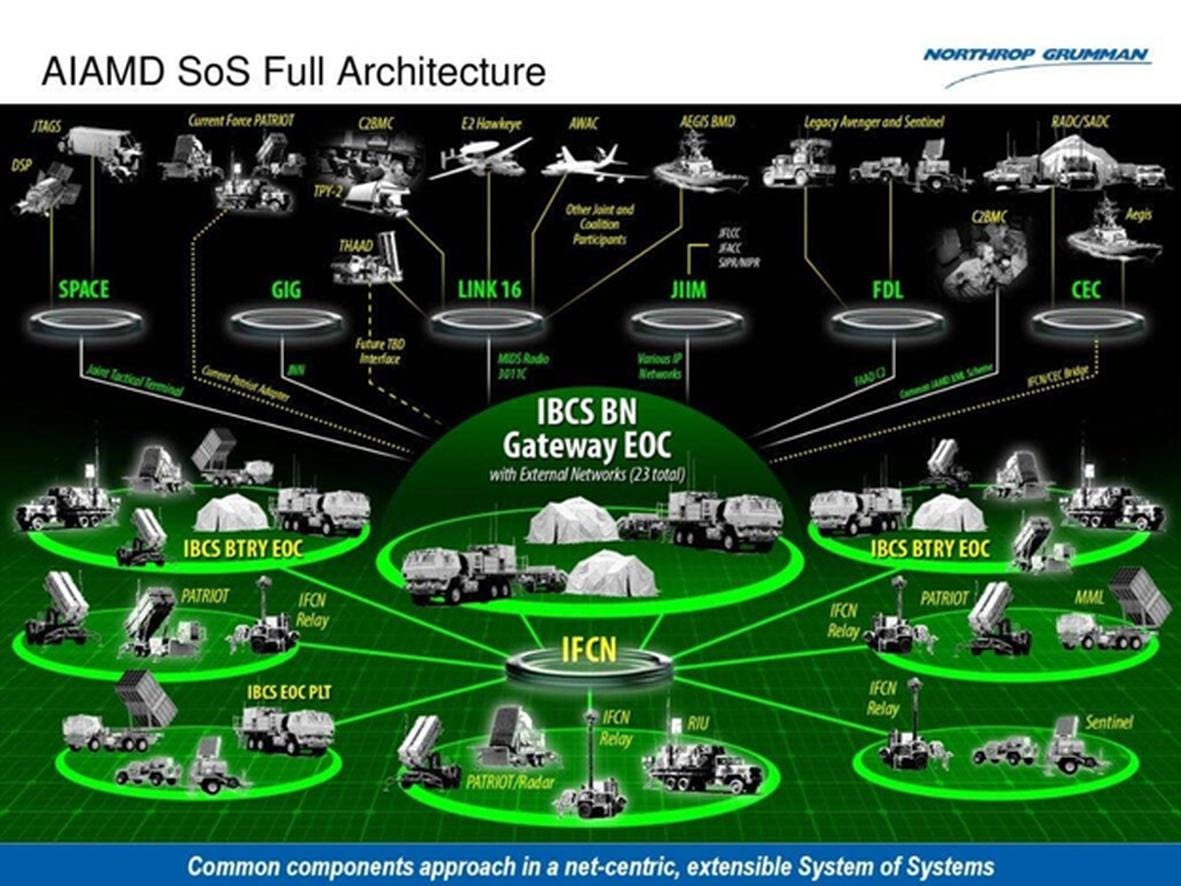
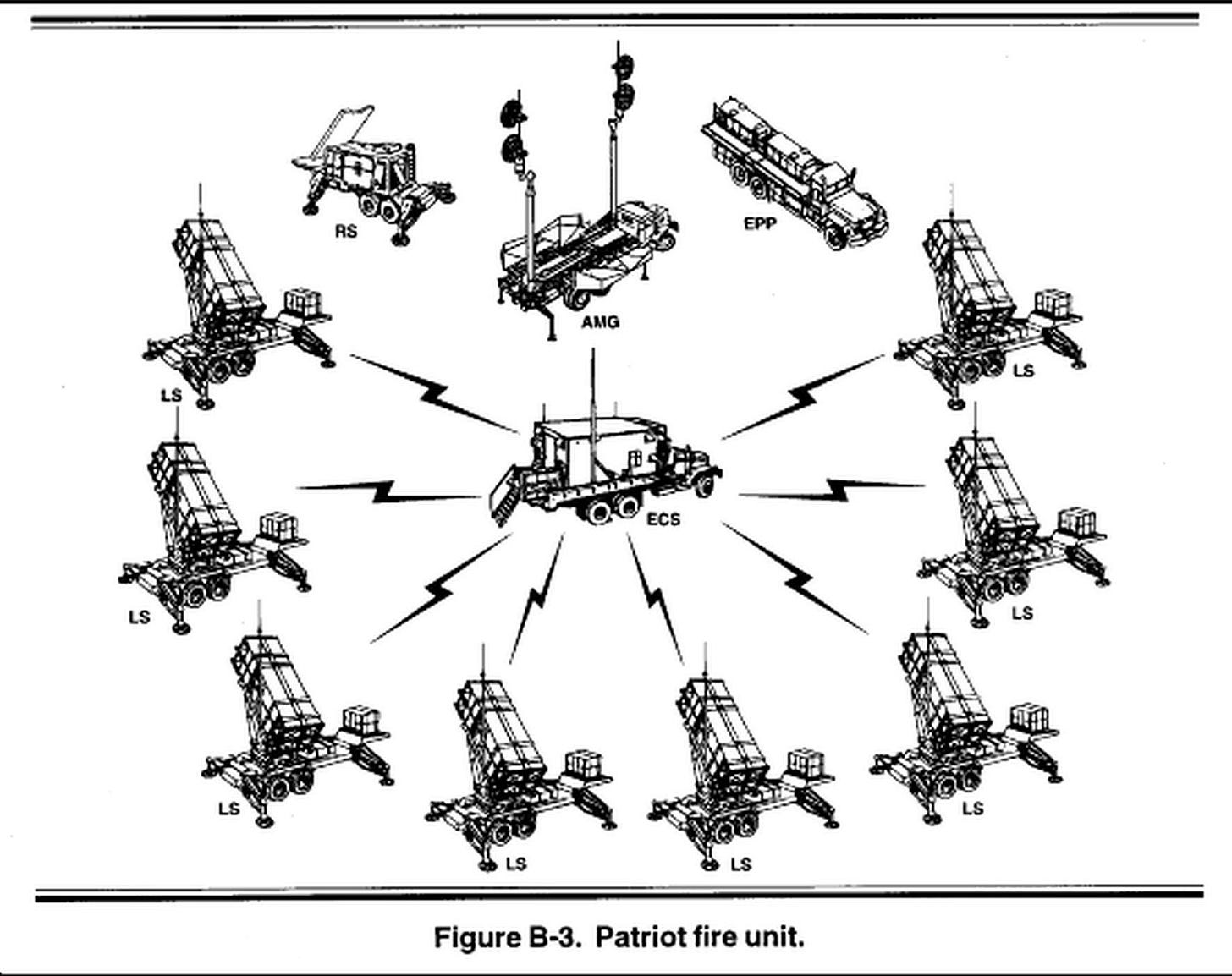
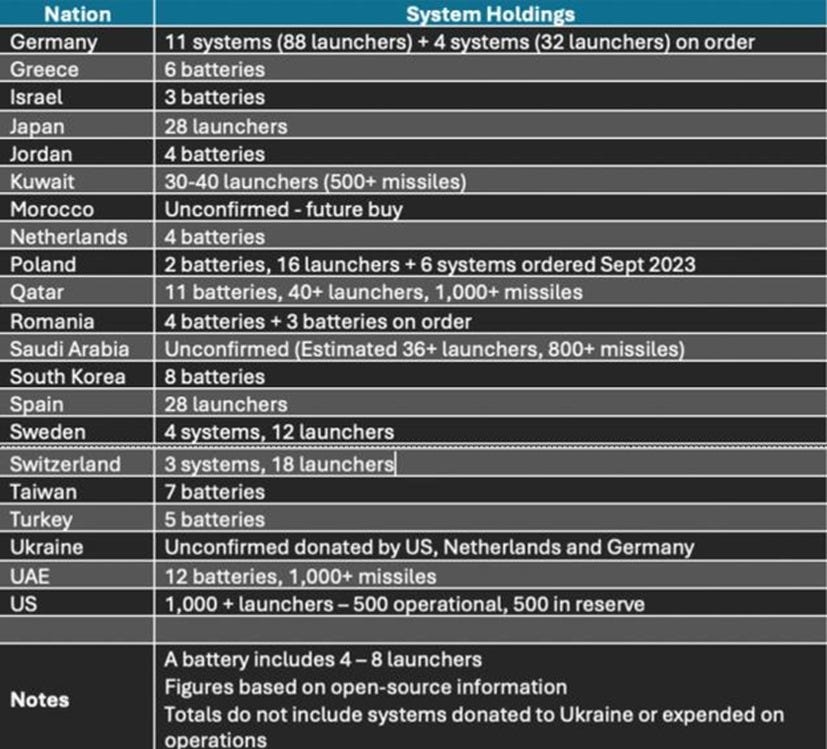

Interesting article. Thanks so much.
"The only asset the US has that can operate in an enemy air defense environment is the F-35....
....Suppression of enemy air defenses within a certain locality could create a pocket of air superiority that would allow fourth generation aircraft to protect and support ground forces, but theatre-wide air superiority against an entity such as Russia is not a reality."
1. F-35 is increasingly the primary NATO asset with hundreds in service. As of 2024 over 1,000 F-35s have been built.This does not include many other long range strike assets ala Tomahawks, B-2, JASSMs. Storm Shadow as well as F-22 for air superiority.
2. Even the Ukrainians whose military is still relatively primitive relative to US has been able to punch holes through Russian air defences and more importantly cause heavy attrition to Russian IADS. Indeed the Ukrainians have destroyed or damaged at least 15% of all S400 (56 battalion sets,(about 56 delivered) and the rate of destruction of Russian IADS is accelerating.
3. Then there's American ISTAR which is far more developed than Russia's and which is fully integrated into its military system unlike Ukraine's. It would also be operating at its full capacity. This makes life even more miserable for Russians IADS cause the Americans can find them and neutralise them far more quickly than Ukrainians.
Then there's other enablers eg spec ops delivered via stealthy choppers, submarines and other means.
So I think NATO would be able to establish theatre level air superiority.
"terrorist act with lethal outcome"
It's nice to see Russia is so concerned about unarmed planes being hit. I presume this is the reason they have handed over their nationals who were involved in the destruction of MH17, right? All of them?